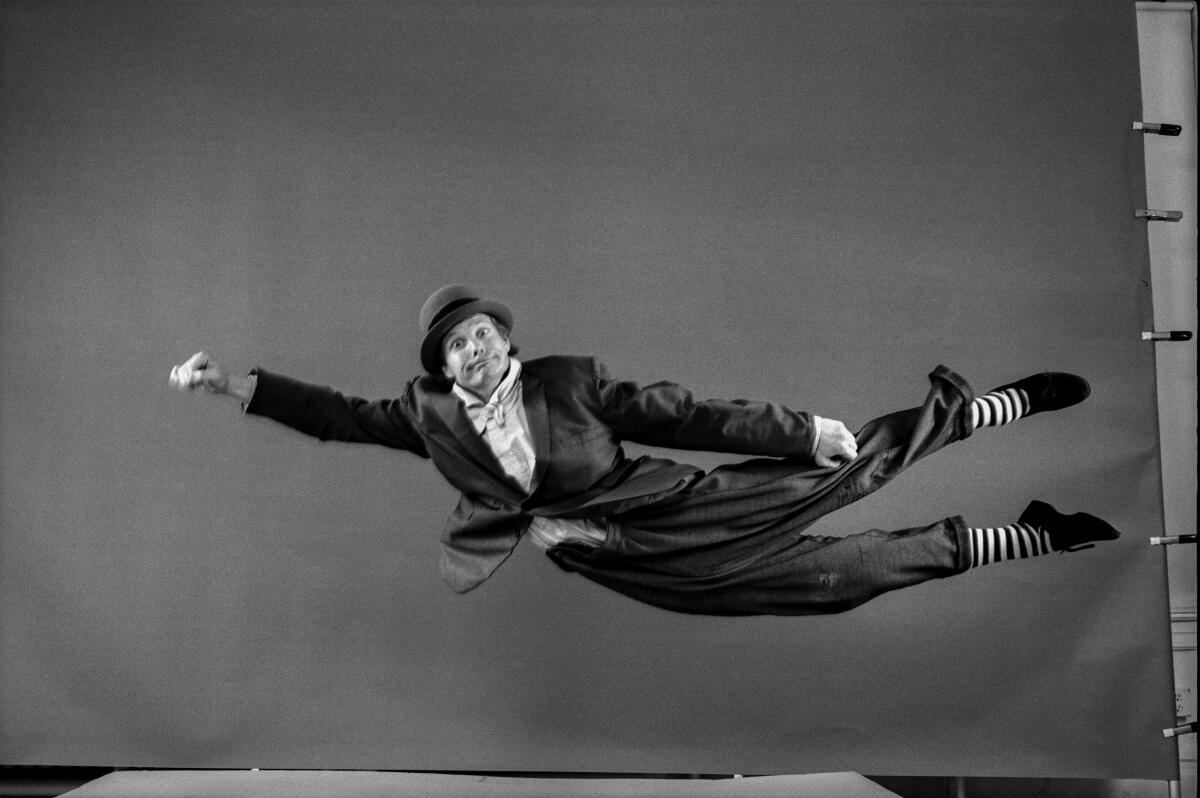A Word, Please: ‘Compare to’ or ‘compare with’? It’s a matter of style

- Share via
When I was a beginning editor, old-timers coached me on the difference between “compare to” and “compare with.” They were different, these experienced editors explained, and couldn’t be used interchangeably. “Compare to,” they said, shows how things are alike, as in “Shall I compare thee to a summer’s day?” and “compare with” means to examine the differences and likenesses of two or more things, “How do last year’s earnings compare with this year’s?”
It wasn’t till much later I learned that editors can be wrong. How does that happen? How do people who get paid to fix word usage 40 hours a week misunderstand word usage? They assume that the rules of their job apply to the whole world. Imagine a teacher who every day tells kids, “No chewing gum! Spit it out!” walking up to a fellow shopper at her local grocery store and saying, “No chewing gum! Spit it out!” So when these veteran wordsmiths told me “compare to” and “compare with” were a matter of right and wrong, not a matter of style, they were wrong.
If you’re an editor who works for a publication that uses Associated Press style, you’d be correct to enforce a difference between “compare to” and “compare with” in articles you edit because that’s AP’s rule: “Use ‘compared to’ when the intent is to assert, without the need for elaboration, that two or more items are similar: ‘She compared her work for women’s rights to Susan B. Anthony’s campaign for women’s suffrage.’ Use ‘compared with’ when juxtaposing two or more items to illustrate similarities and/or differences: ‘His time was 2:11:10, compared with 2:14 for his closest competitor.’”
Language expert June Casagrande reminds us that words like “may” and “can” have a history that betrays the sometimes arbitrary rules of grammar snobs.
The Chicago Manual of Style, which book editors follow, has the same rule. So if you’re writing for publication, by all means follow their advice. But in the real world, worrying about whether you should put “to” or a “with” after “compare” is a waste of time.
In fact, you probably comply with the editing guides without realizing it. As Merriam-Webster’s Dictionary of English Usage observed, that’s what most people do. The usage guide’s editors examined real-world examples from print and noticed that when people use “compare” to mean “liken,” they usually pair it with “to” — just like the style guides say. Here’s an example from Merriam’s: “They were blue, but a blue so deep I can only compare it to the color of the night sky.”
Less commonly, writers use “with” in this sense, as seen in this example from Merriam’s: “Though Irwin is often compared with both Chaplin and Keaton as a silent clown, he is actually closer in attitude to Harold Lloyd.”
When “compare” is part of an introductory phrase without a subject, writers are equally as likely to use “to” as “with,” possibly because it’s not clear what meaning of “compare” applies: Compared to him, I’m a bungler. Compared with him, I’m a bungler.
English rules always derive from common usage, which is why Merriam’s analysis rests entirely on how past writers have used the word. But while that’s true for every aspect of our language, it goes double for the question of which preposition to pair with another word.
There is no authoritative book of rules about preposition choices like “differ from” vs. “differ with,” “affinity for” vs. “affinity with,” “demand for” vs. “demand of,” “dissimilar to” vs. “dissimilar with.” Sometimes you’ll find answers in a dictionary, but not always.
“The proper preposition is a matter of idiom,” wrote Theodore M. Bernstein in “The Careful Writer,” “and idioms, if they do not come ‘naturally,’ must be either learned or looked up.”
When all these sources fail you, Bernstein says, “the only thing to do is to consult three knowing friends and get a consensus.”
June Casagrande is the author of “The Joy of Syntax: A Simple Guide to All the Grammar You Know You Should Know.” She can be reached at JuneTCN@aol.com.
All the latest on Orange County from Orange County.
Get our free TimesOC newsletter.
You may occasionally receive promotional content from the Daily Pilot.







